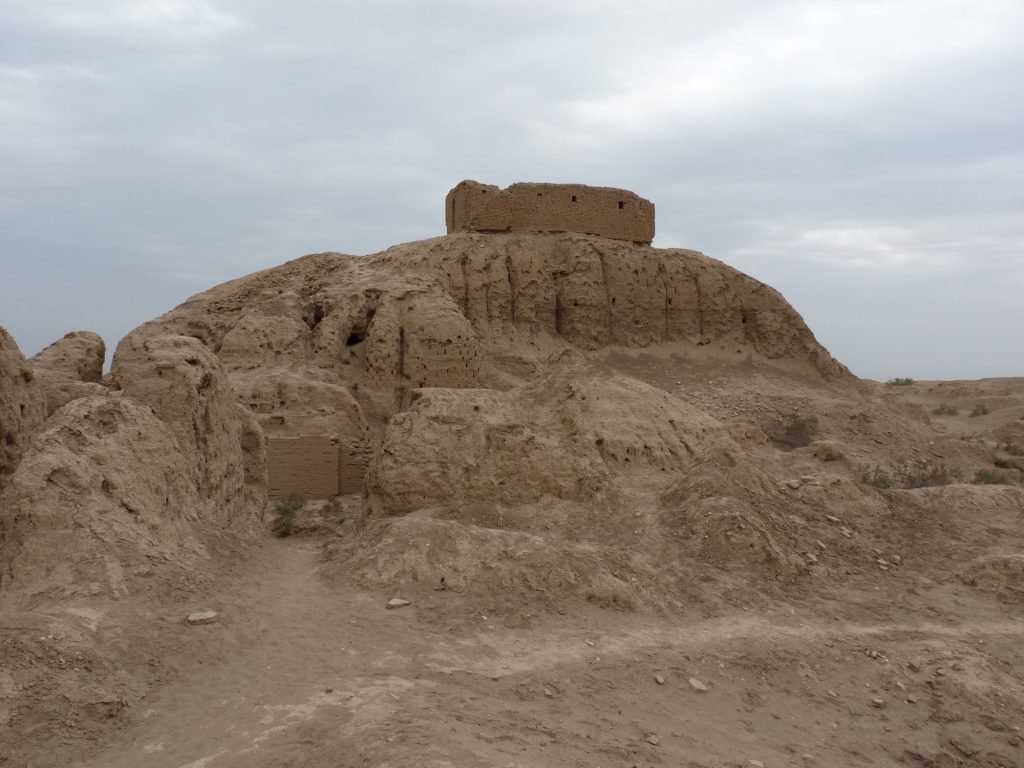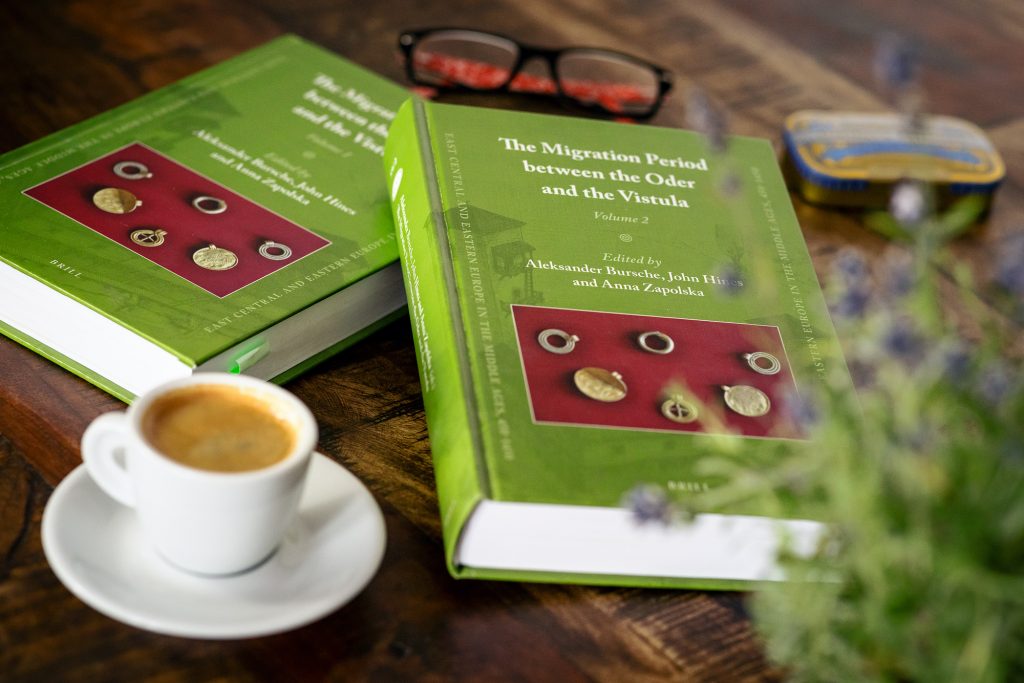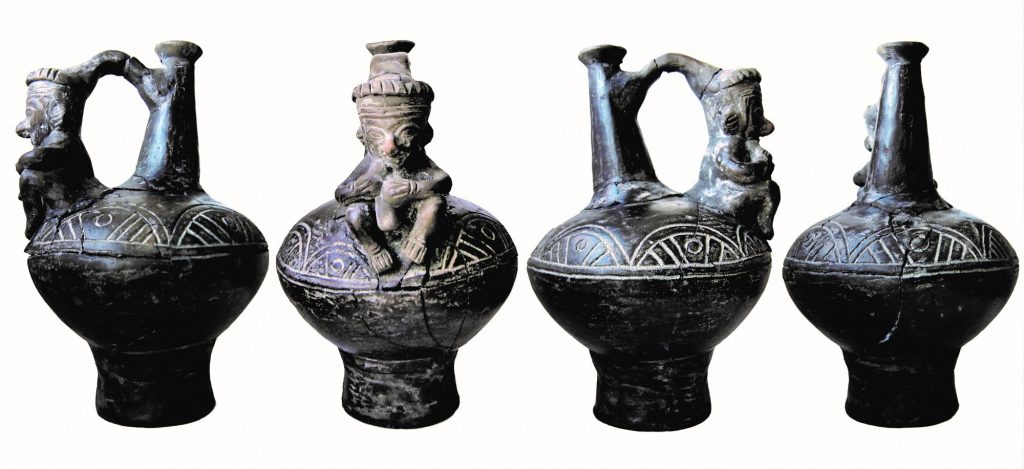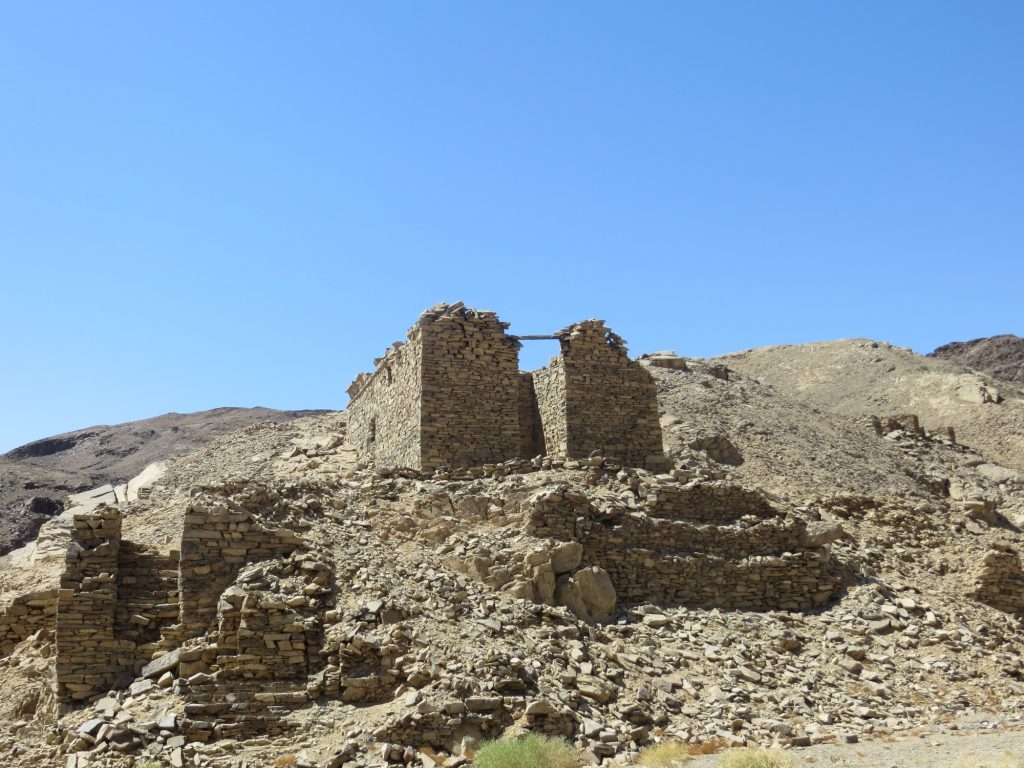Despite substantial evidence on the short-term effects of adverse climate shocks, our understanding of their long-term impact is limited. To address such a key issue, research has focused on ancient societies because of their limited economic complexity and their unparalleled experience of environmental and institutional change. Notably, ‘Collapse Archaeology’ literature has reported statistical evidence consistent with the mantra that severe droughts trigger institutional crises. This view, however, has recently been challenged by literature summarized in the paper Climate Change and State Evolution by Giacomo Benati and Carmine Guerriero.

© G. Benati









